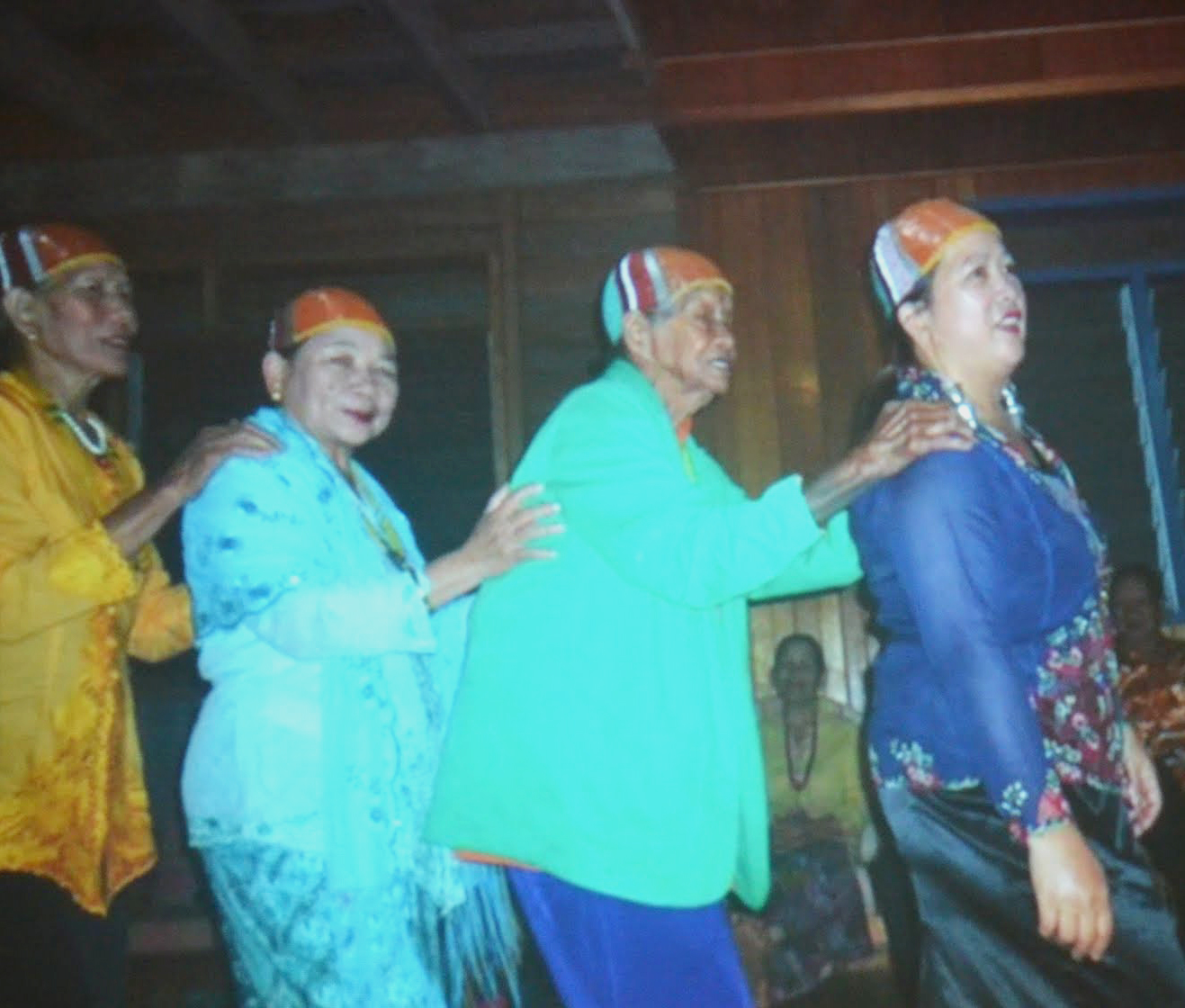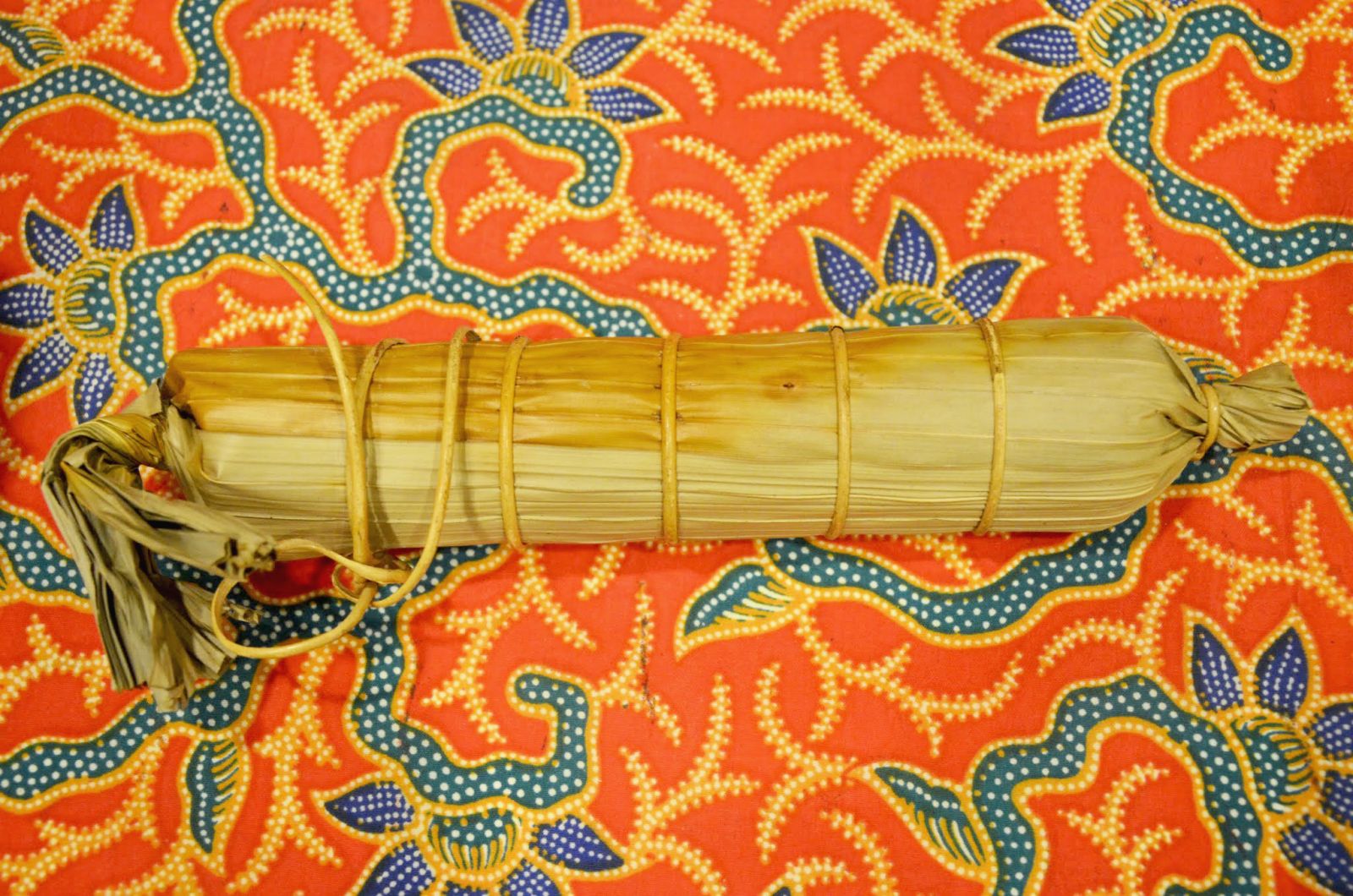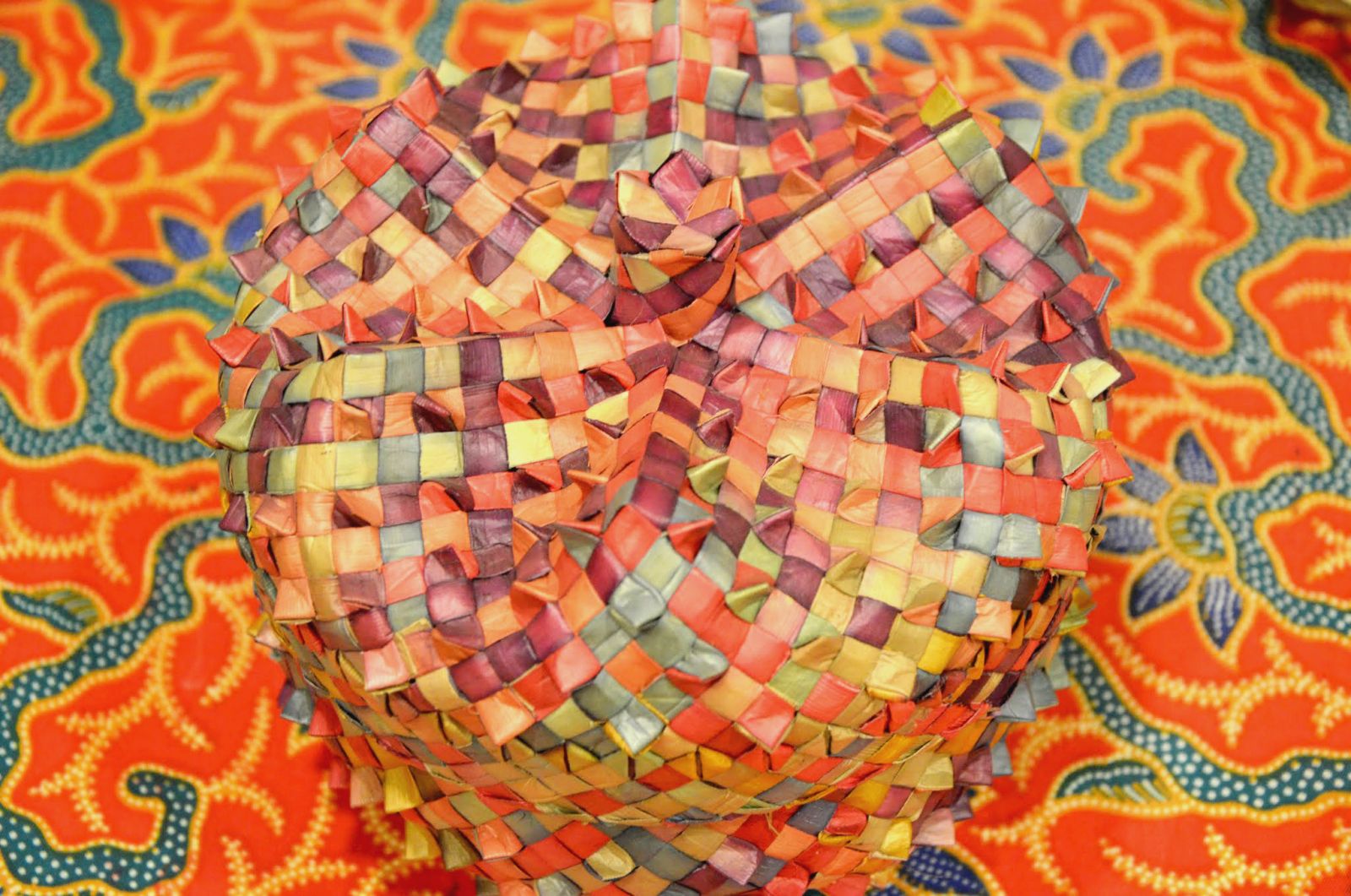 |
It may come as some surprise that 11 per cent of Malaysia’s population is comprised of Orang Asal; a collective term meaning original people. Yet we rarely get the opportunity to meet these extraordinary people because their villages are typically tucked away in remote areas across the region, with the majority being in Borneo.
In Peninsular Malaysia, Orange Asli account for a mere 0.7 per cent of the population, and with most of us living in the city, there’s little chance of bumping into a native! MCG member, Polly Szantor, has travelled extensively throughout Malaysia, exploring the homeland and lifestyle of the Orang Asal. |
|
She has journeyed off the beaten track to hidden locations and discovered a wealth of culture among the many distinctive tribes, an experience that remains close to her heart. Showing us a collection of beautiful photographs, drawings and souvenirs, she talks passionately about her fascinating adventures, as she takes us on an imaginative and memorable journey …
Polly introduces us to Ulu Geroh, about an hour’s drive south of Ipoh in Perak. Finding this remote village is no easy task so the Malaysian Nature Society organised local folk to guide her through the dense palm oil plantations, and across the river. Driving along the narrow, rickety bridge in her 4-wheel drive was a somewhat, “hairy experience,” Polly muses, as she tells us of her relief at finding the Orang Asli settlement nestled between the mountains and rainforest.
The Semai tribe were delighted to show Polly around the surrounding jungle, home to the Rafflesia; the world’s largest flower. Disappointingly, the Rafflesia wasn’t in bloom, but she did get to see the most beautiful butterflies fluttering around the mineral springs and waterfall, as well as many fascinating little creatures. Less welcome were the leaches, of which there were many; thank goodness she’d remembered her leach socks! |
 |
Staying at the village community hall, Polly was treated like a guest of honour! The Semai women were so excited to have her visit that they cooked special treats for dinner, performed a traditional dance and even offered to sleep alongside her so she wouldn’t be alone.
Heading up to Belum Temenggor, we find ourselves in the biggest rainforest in the Peninsula; in the heart of which lies a man-made lake covering 15, 2000 hectares. |
|
Taking a boat from Tasik Banding, Polly arrives at an isolated Johai village where, once again, she is greeted with warm hospitality and offered home-cooked food - a special treat of coconut rice baked in bamboo; a local delicacy prepared by the Johai women. Joining researchers from the Malaysian Nature Society, Polly volunteered to count the plain-pouched hornbills that fly into the area at certain times of the year. These magnificent birds arrive in flocks, swooping down and circling the trees allowing her a close-up view of their delightful characteristics and spectacular colours. During her short stay, she counted around 250 hornbills, although some mornings over 1,000 have been sighted.
There was little to do in this quiet distant place, other than breathe in the splendor at being at one with nature. It was the perfect opportunity to sit back and sketch the lush scenery and breath-taking views; Polly shows us her intricate drawings that beautifully depict the tranquility of her surroundings.
Next we visit Tasik Bera, in the thick of the remote wetland wilderness, located in south-west Pahang. After driving through miles of palm oil plantations, and circling the area twice, Polly finally finds her host’s home; a charming wooden house built on stilts. As soon as she arrives, a crowd gathers and she is welcomed by the Semelai tribe who remain hospitable and attentive throughout her visit.
Unfortunately, Polly arrived during the dry season so she didn’t get to experience the impressive lakes, for which the area is famous: Tasik Bera is the largest natural lake in the Peninsular, covering 7,000 hectares. The lake is home to turtles as well as many species of fish and birds, but worryingly, it is at risk of drying up because of increasing deforestation and development. Travelling east, we arrive at Kampung Simpai, near Muadzam Shah, where we meet the Jakun tribe, living in a small village amidst miles of palm oil plantations.
This is a particularly poor village; the natives relying on a small income from basket weaving, and a little subsidy from the palm oil companies.During her visit, Polly collects the hand-woven baskets and donates money, clothes and toys for the community. She spends her time watching the little children happily sharing their new the toys, while the women enjoy a game of cards!
Finally, we head off to visit Polly’s favourite place - the Kelabit Highlands in Bario. The isolated Highlands are located on a flat plateau in north-east Sarawak, accessible by a short flight from Miri. The Highlands peak at over 1,000 meters, with the highest mountain, Gunung Murud, reaching a breathtaking 2,423 meters. The climate is comfortably cool, but the evenings can be rather chilly; Polly shivers at the memory of taking a cold shower - there is no electricity in the Highlands, unless the village is lucky enough to have their own generator.
The many quaint settlements are surrounded by miles of Paddy fields: traditionally, farmers work the land with buffaloes, but recently modern irrigation systems have been installed in some areas, significantly increasing the yield of delicious, fragrant rice. Bario is famous not only for premium quality rice, but also sweet juicy pineapples, which are undoubtedly, the best in Malaysia. As expected, the jungle is alive with creepy crawlies, and we flinch at the sight of some rather ‘exotic’ looking creatures. But our alarm is countered as we admire many unusual species of glorious butterflies and birds. |
|
Polly stayed at Gem’s Lodge, near Pa’ Umor, about an hour’s drive from the airport. This comfortable home-stay is run by warm and friendly Kelabit folk whose hospitality is second to none. But it is the longhouses that capture Polly’s affection. She spends much of her time in the company of the Kelabit women, who welcome her into their home with open arms. |
 |
| She finds the women sitting on the kitchen floor pounding salt that’s been extracted from nearby salt springs: the salty water is boiled down for a couple of days, packed into bamboo and then heated over fire. The result is a hard, sweet salt that’s not only delicious, but full of nutrients and minerals; the perfect condiment for the many delicious meals the Kelabit women so generously prepare for their guests. |  |
|
In their free time, the women weave gorgeous little baskets and pouches using Pandanus leaves collected from the surrounding jungle. It looks simple enough as the women’s nimble fingers effortlessly entwine the leaves. But Polly’s attempt at basket-making leaves her in awe of the skilled weavers; the sharp and prickly leaves are far from easy to manipulate, and she immediately appreciates the craft as a form of artistry.
Once the men arrive home, the evening meal is prepared. It is during these intimate family dinners that Polly learns the finer details of the tribal culture: they tell her about the name changing ceremonies that take place when a woman becomes a mother and grandmother; they explain the meaning behind the many stone carvings in the area; and they show her the exquisitely crafted beaded hats that Kelabit women wear on special occasions.
On Polly’s departure, the women wear these precious hats to celebrate her visit; they perform a traditional dance and sing a beautiful song about their happiness in having her stay in their home - language, it seems, is no barrier when it comes to the delightful hospitality of Kelabit tribe! It’s easy to see why Polly has developed a tender affinity towards these remarkable women, and the reason for writing her book: Ladies of the Longhouse, published by MPH in Sina Sana.
Thank you, Polly for allowing us a peek into the mysterious and hidden world of the Orang Asal. Many of us, I’m sure, will be inspired to walk in your footsteps!
Submitted by Chrissie Kemp |




